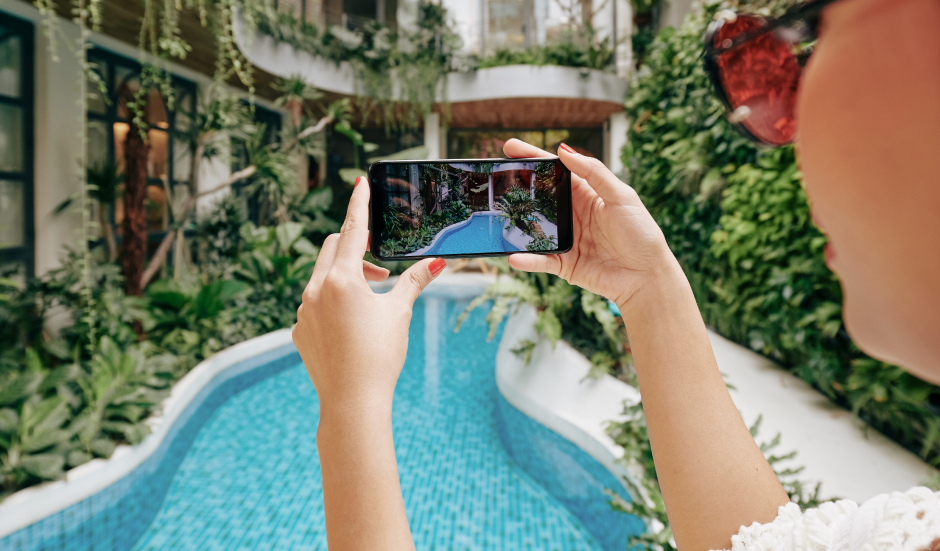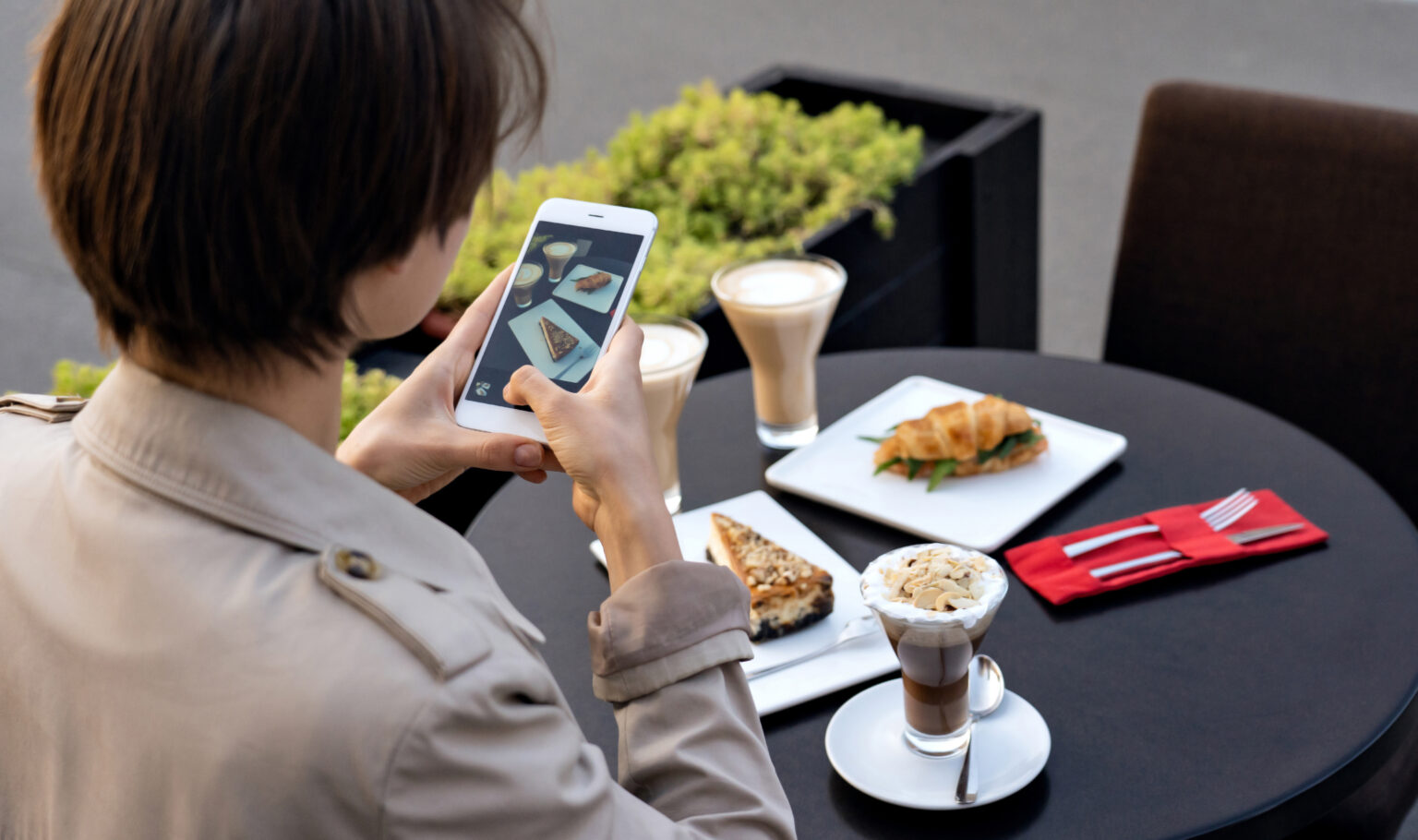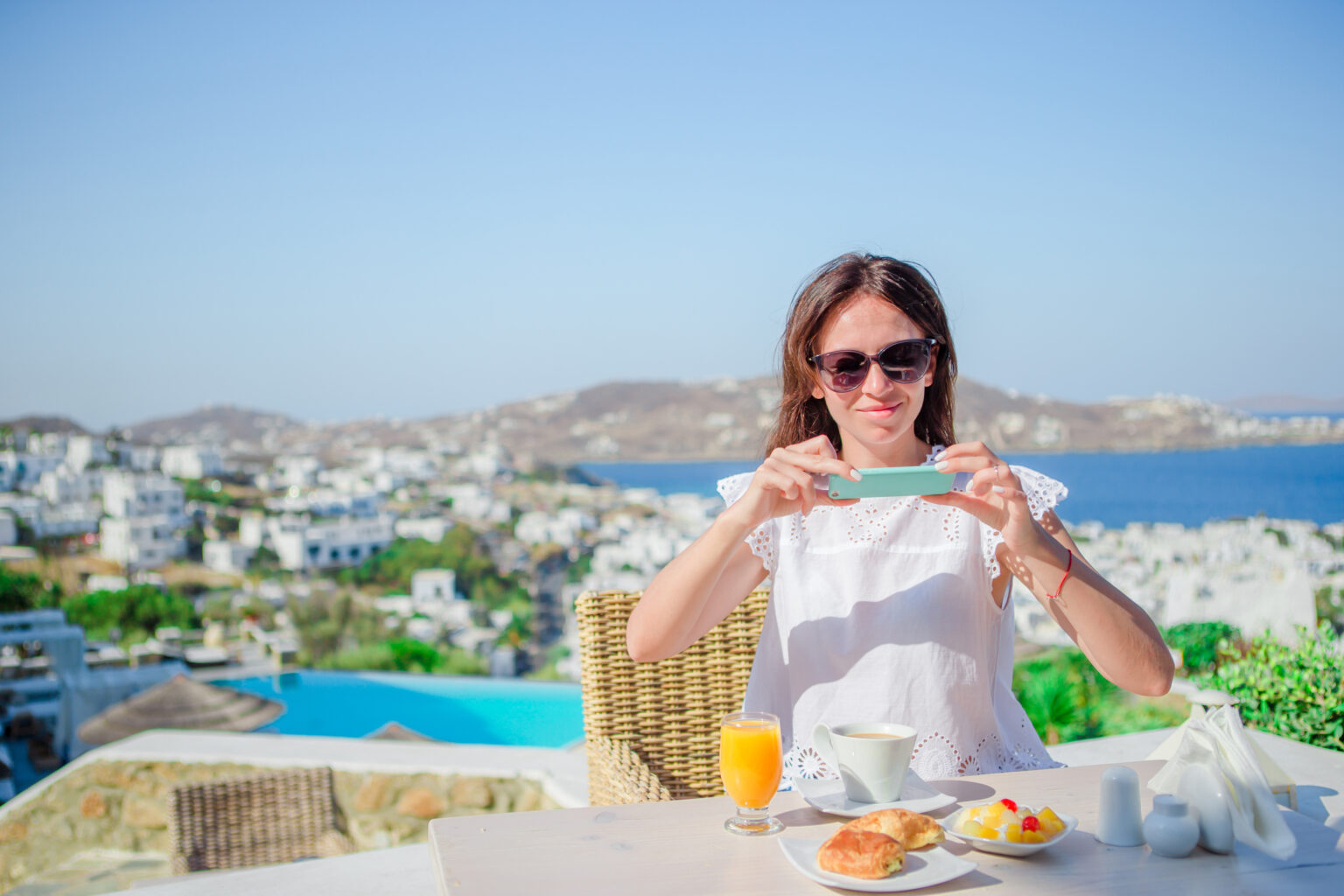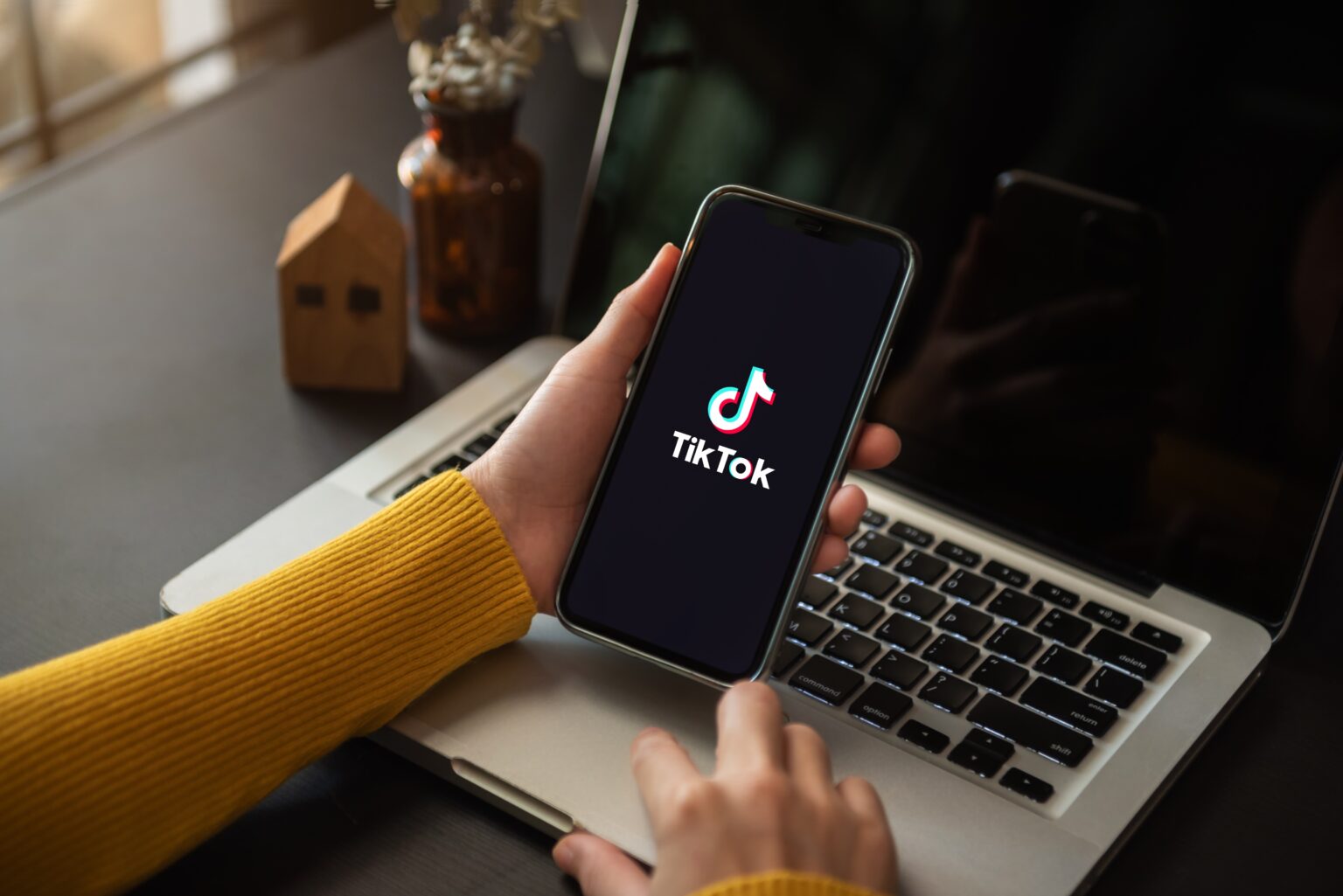Meta or TikTok? Choosing the Right Platform for Your Hotel’s Digital Success
How each platform helps hotels boost visibility, engage travelers, and drive bookings.

In the competitive world of hospitality, where visibility can make or break a booking, social media has become an essential marketing tool. Hotels and hospitality brands need to be strategic about where they invest their time and budget. Meta (Facebook & Instagram) and TikTok stand out as two of the most powerful platforms, each offering unique advantages for boosting brand awareness, engaging travelers, and driving direct bookings.
But which one delivers the best results for hotels and resorts?
Let’s explore the key differences between Meta and TikTok to determine how each platform can elevate your hospitality marketing strategy.
1. Audience Demographics & Behavior
META
Meta caters to a broad demographic, with Facebook skewing slightly older (25–55+) and Instagram appealing to younger audiences (18–40). Travelers use these platforms to research destinations, engage with brands, and browse hotel reviews. Facebook remains strong for long-form engagement, community building (via groups), and direct customer interactions, while Instagram thrives on visual storytelling and aspirational travel content.
TIKTOK
TikTok’s user base is predominantly younger (18–34), making it ideal for brands targeting Gen Z and Millennials. The platform thrives on short-form, engaging video content with a focus on trends, entertainment, and authenticity. Travelers often use TikTok for discovery, searching for real, unfiltered experiences at hotels, destinations, and restaurants. The algorithm prioritizes content that sparks engagement rather than just follower count, meaning even new accounts can go viral with the right content.
META
TIKTOK
Meta caters to a broad demographic, with Facebook skewing slightly older (25–55+) and Instagram appealing to younger audiences (18–40). Travelers use these platforms to research destinations, engage with brands, and browse hotel reviews.
Facebook remains strong for long-form engagement, community building (via groups), and direct customer interactions, while Instagram thrives on visual storytelling and aspirational travel content.
TikTok’s user base is predominantly younger (18–34), making it ideal for brands targeting Gen Z and Millennials. The platform thrives on short-form, engaging video content with a focus on trends, entertainment, and authenticity.
Travelers often use TikTok for discovery, searching for real, unfiltered experiences at hotels, destinations, and restaurants. The algorithm prioritizes content that sparks engagement rather than just follower count, meaning even new accounts can go viral with the right content.

2. Usefulness for Hospitality Brands
META
- Best for brand positioning, customer engagement, and direct bookings.
- Strong for long-term brand awareness campaigns, retargeting, and loyalty-building.
- Ideal for hotels looking to showcase high-end experiences, in-depth property highlights, and exclusive offers.
TIKTOK
- Best for viral marketing, trend-based content, and real-time engagement.
- Works well for showcasing unique experiences, influencer collaborations, and destination highlights.
- A great tool for budget-friendly organic reach, especially for boutique hotels and experiences that can tell a compelling, story-driven narrative.
META
TIKTOK
- Best for brand positioning, customer engagement, and direct bookings.
- Strong for long-term brand awareness campaigns, retargeting, and loyalty-building.
- Ideal for hotels looking to showcase high-end experiences, in-depth property highlights, and exclusive offers.
- Best for viral marketing, trend-based content, and real-time engagement.
- Works well for showcasing unique experiences, influencer collaborations, and destination highlights.
- A great tool for budget-friendly organic reach, especially for boutique hotels and experiences that can tell a compelling, story-driven narrative.

3. Content Format & Engagement
META
- Focuses on high-quality images, carousel ads, reels, and long-form video content.
- Instagram Stories and Facebook posts allow direct customer engagement through polls, Q&As, and interactive stickers.
- Well-suited for aspirational travel storytelling, curated brand aesthetics, and professional-quality content.
TIKTOK
- Prioritizes short-form, engaging, and often user-generated content.
- Relies on trends, music, and authenticity to reach audiences.
- Raw, unpolished videos tend to perform better, making it an ideal platform for behind-the-scenes looks, guest experiences, and on-the-go travel content.
META
TIKTOK
- Focuses on high-quality images, carousel ads, reels, and long-form video content.
- Instagram Stories and Facebook posts allow direct customer engagement through polls, Q&As, and interactive stickers.
- Well-suited for aspirational travel storytelling, curated brand aesthetics, and professional-quality content.
- Prioritizes short-form, engaging, and often user-generated content.
- Relies on trends, music, and authenticity to reach audiences.
- Raw, unpolished videos tend to perform better, making it an ideal platform for behind-the-scenes looks, guest experiences, and on-the-go travel content.

4. Ad Targeting & Paid Campaigns
META
Meta’s advertising platform is one of the most advanced in the industry, offering precise audience targeting based on demographics, interests, behaviors, and past engagement. For hospitality brands, this means:
- Retargeting website visitors to encourage direct bookings.
- Running lead generation ads to capture potential guests.
- Using Lookalike Audiences to target travelers similar to past guests.
- Dynamic ads showcasing different room types, special offers, and packages based on user behavior.
TIKTOK
While not as advanced as Meta’s ad system, TikTok’s paid advertising capabilities have evolved significantly, offering:
- Interest-based targeting focused on content consumption patterns.
- Spark Ads that boost organic posts, making native content look more authentic.
- Influencer collaborations that tap into engaged travel communities.
- Short-form video ads that blend seamlessly into the ‘For You’ page.
META
TIKTOK
Meta’s advertising platform is one of the most advanced in the industry, offering precise audience targeting based on demographics, interests, behaviors, and past engagement. For hospitality brands, this means:
- Retargeting website visitors to encourage direct bookings.
- Running lead generation ads to capture potential guests.
- Using Lookalike Audiences to target travelers similar to past guests.
- Dynamic ads showcasing different room types, special offers, and packages based on user behavior.
While not as advanced as Meta’s ad system, TikTok’s paid advertising capabilities have evolved significantly, offering:
- Interest-based targeting focused on content consumption patterns.
- Spark Ads that boost organic posts, making native content look more authentic.
- Influencer collaborations that tap into engaged travel communities.
- Short-form video ads that blend seamlessly into the ‘For You’ page.

Conclusion: Which Should You Choose?
The best platform depends on your goals. If your focus is brand credibility, long-term engagement, and bookings, Meta is a must. If you want to go viral, capture younger travelers, and leverage trends, TikTok is the way to go. Ideally, a combined strategy works best—using Meta for retargeting and structured campaigns while leveraging TikTok for organic brand awareness and trend-driven content.
For hospitality brands looking to maximize their digital marketing efforts, understanding and strategically utilizing both platforms will provide the best results.
Promoting Your Hotel’s Amenities: A Complete Guide
In a world where travelers crave experiences that go beyond a plush bed and a scenic view, your hote
Targeting the Right Audience: Hotel Guest Personas
The Business Traveller Table of Contents What Are Hotel Guest Personas? In today’s highly competit
Research: Polish Market’s Demand for Greece
Table of Contents Introduction In the realm of tourism, understanding market dynamics is crucial for



